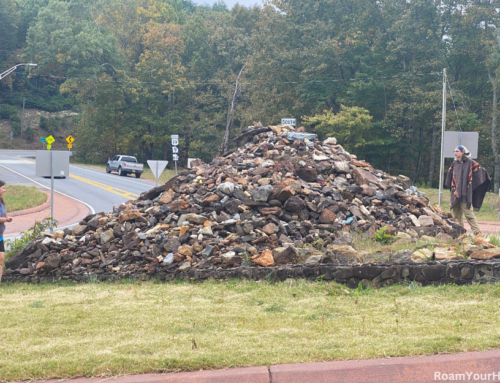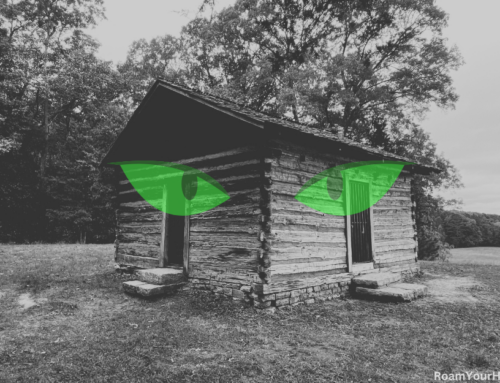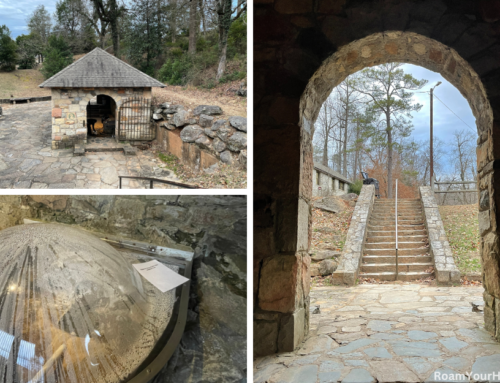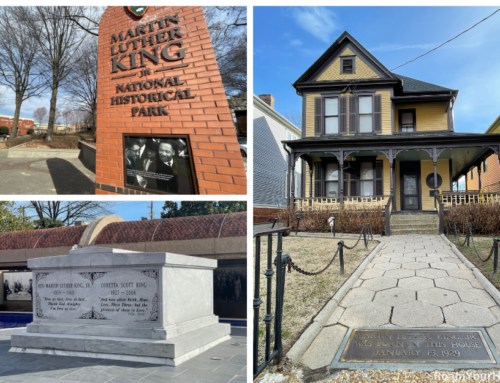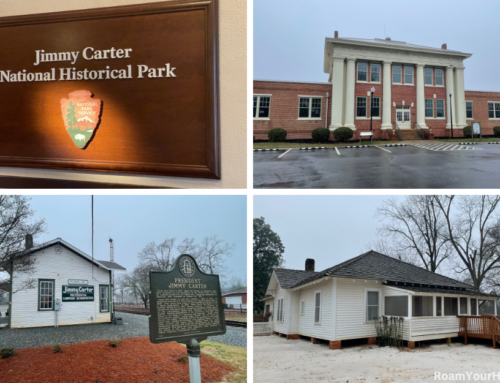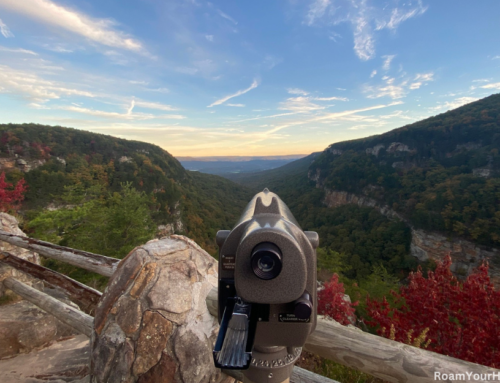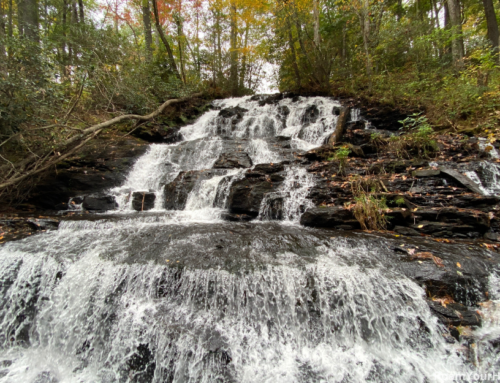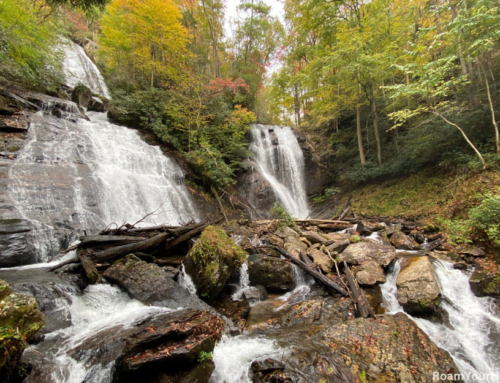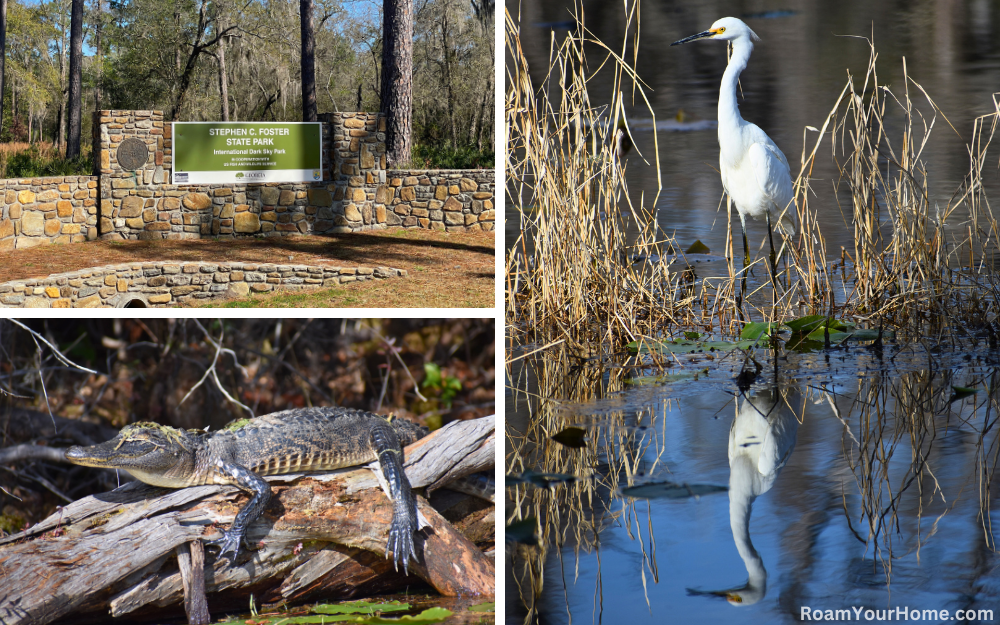
Stephen C. Foster State Park and Okefenokee Swamp Tour: Visitor’s Guide
Stephen C. Foster State Park is in remote southeastern Georgia. This little-known park is the gateway to the incredible Okefenokee Swamp, North America’s largest blackwater swamp.
The park was named after Stephen Foster, an American songwriter who wrote a very popular song about Georgia’s Suwannee River in the 1800s.
My wife and I visited the park in late January. We’d planned on staying about a day and a half. We were road-tripping through Georgia and northern Florida, and this was a big destination on the trip. I’d seen a few pictures online and was very excited to visit.
After a pretty long drive, we arrived at the park. The park is definitely off the beaten path. We set up camp quickly and headed to the park office and trading post. We had a boat tour scheduled for the first thing in the morning. I wanted to make sure we knew exactly where to meet, and we also wanted to grab some firewood for later that night.
The trading post was stocked with a small selection of food, drinks, and basic camping gear. It was pretty handy. The nearest services are 17 miles away in Fargo, so grabbing snacks for around the campfire was great.
The boat tour was the main reason we visited the park. The tour goes into the massive Okefenokee Swamp, which is more than 435,000 acres of shallow blackwater, peat-filled wetland that straddles the Georgia-Florida line.
The Okefenokee Swamp is considered one of Georgia’s Seven Natural Wonders. Most of it is protected by the Okefenokee National Wildlife Refuge and the Okefenokee Wilderness.
Dark Sky Park
That night, we sat around the campfire and enjoyed an impressive display of stars dancing overhead. Stephen C. Foster State Park is a dark sky park certified by the International Dark Sky Association. Its remote location in the middle of the Okefenokee Swamp is far from any major metropolitan area, meaning there is minimal light pollution. It was an incredible experience taking in some of the darkest skies in the Southeast.
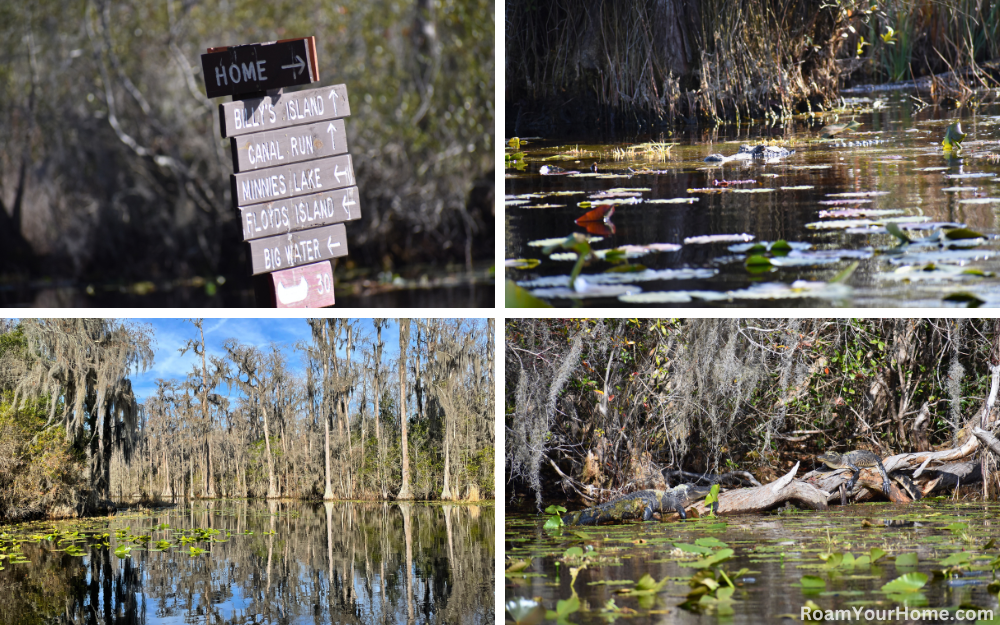
Okefenokee Swamp Tour
We woke up early the next morning, excited for our tour. The tours start at the dock near the trading post. After making some breakfast, we headed straight there. The park offers daily boat tours. They last 90 minutes and can be reserved in advance. The pontoon boats are not huge and can’t fit too many people, so reservations are highly recommended. They do sell out.
Our tour was the first one to leave that morning and was a little over halfway booked, with about eight people.
It was a great morning. It was not too cold, and thin, wispy clouds were high in the deep, dark blue sky. After a brief safety talk, the tour started. Out of the gate, it was clear that this was going to be special. We were not even two hundred yards from the dock when we spotted two alligators relaxing in the sun. One was massive! The other was resting its head on the big one. It looked quite comfortable. This was a great sign of what was to come.
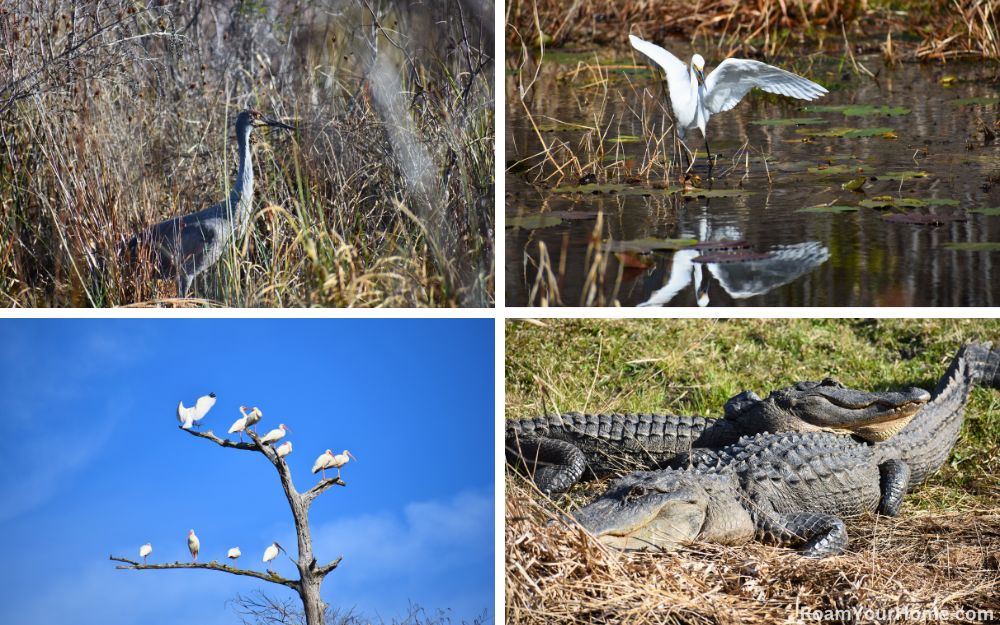
Wildlife along the Okefenokee Swamp Tour
For the next nearly two hours, our tour went a little longer because we saw so much wildlife; we were treated to a spectacular array of critters. We would see dozens of alligators. Which are the most famous residents of the Okefenokee Swamp. Biologists estimate that 12,000 of the country’s largest reptiles live within the refuge.
I enjoy birdwatching quite a bit, so this was quite the treat. On the boat ride, we would see tons of different bird species. Snowy egrets, great blue herons, ibis, belted kingfishers, double-crested cormorants, various woodpeckers, and many song birds, just to name a few.
I was most excited about seeing sandhill cranes. I’ve always admired them. They are so big, beautiful, and graceful. They nearly went extinct in the early 20th century, but thankfully, their numbers have recovered.
Throughout our time observing wildlife, our tour guide told stories about the swamp’s history, ecology, and wildlife.
Native Americans were forced to relocate from the swamp in the 1830s. Okefenokee is a Native American word often translated as “land of trembling earth” or “bubbling water.” After that, “Swampers” moved in and started logging. There was even an unsuccessful attempt to drain the swamp. These were just a few of the facts our guide talked about.
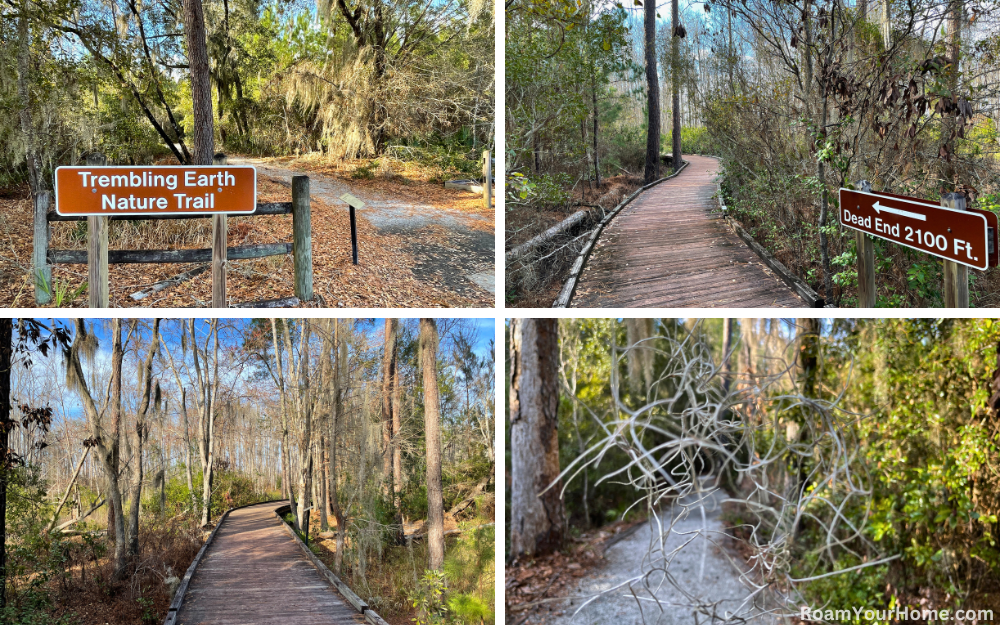
Hiking Trails in Stephen C. Foster State Park
Trembling Earth Trail
Once the boat was docked, we decided to stretch our legs and go on a short hike. We hiked the Trembling Earth Trail, a three-fourths-mile loop. The trailhead is located behind the boat basin near the trading post. The trail did not take long to hike, but it was nice weaving amongst bald cypress trees. There were some great swamp views and plenty of songbirds buzzing around.
Jones Island Trail
The Jones Island Trail is less than a mile long. It starts at the park gate, curves along the backside of the campground, and ends near the trading post parking lot. We hiked part of this trail while camping. There were tons of birds flying about and even more mosquitos.
Upland Pine Trail
The Upland Pine Trail on the western side of the park is about a mile and can be accessed at several points along Park Road.

Where to stay in Stephen C. Foster State Park
Camping
We spent the night camping at Stephen C. Foster State Park and were blown away. Our site was very private, clean, quiet, and frankly, incredibly nice. The campground is relatively small, with just over 50 sites. Some sites can accommodate trailers and RVs. We stayed in a tent during our stay. There is also a group campground that can be reserved.
If you prefer glamping over camping, nine cottages are also available for reservations. These have beds and kitchens in them.
The park operates the Suwannee River Eco-Lodge however, it is not in the park. It is located 18 miles away in Fargo.
We’ve been to many state parks around the country. As our time in the park came to a close, my wife and I were sure of one thing: Our visit to Stephen C. Foster State Park and exploring the Okefenokee Swamp are amongst our favorite trips.
Where is Stephen C. Foster State Park located?
The park is in rural southeastern Georgia.
The closest city is Jacksonville, Florida, about 91 miles and a two-hour drive away.
Tallahassee is two and a half hours and 160 miles away.
Savannah is three and a half hours away.
Atlanta is a long five-hour drive.
How long does it take to visit?
We spent about a full 24 hours in the park, including a night of camping. Given the park’s remote location and based on our experience, I would recommend planning on staying the night. It appeared most visitors were spending a few days there during our visit.

